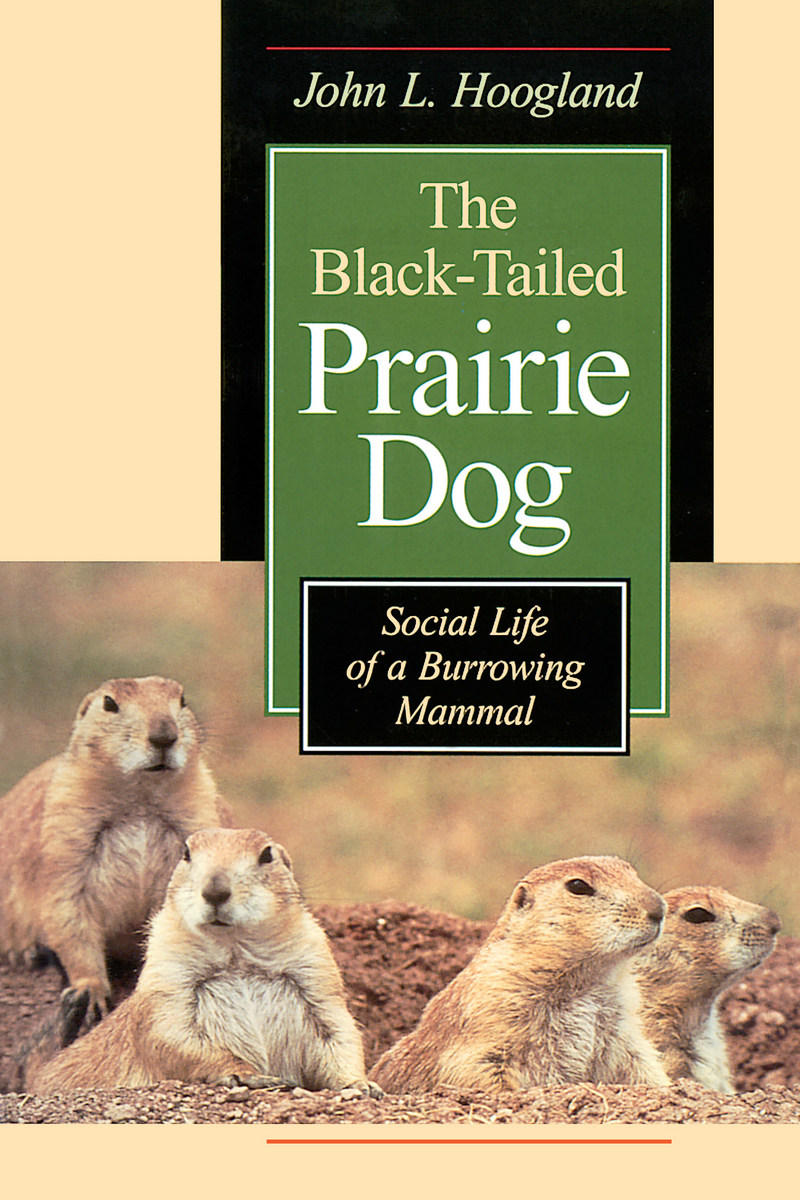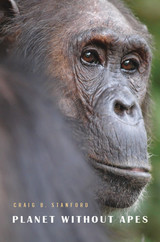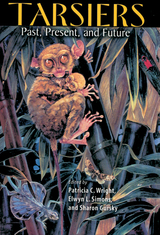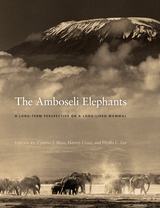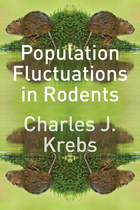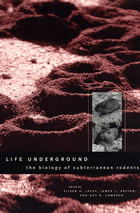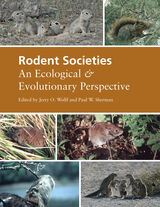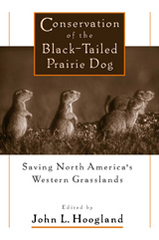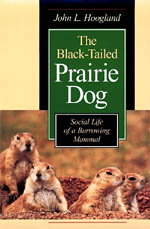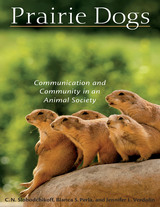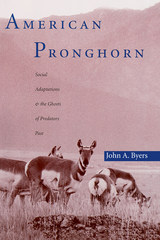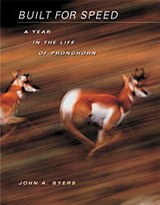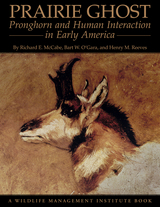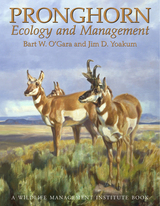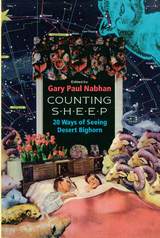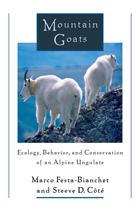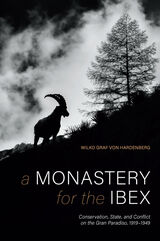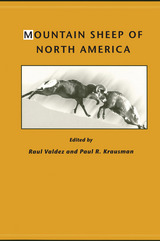The Black-Tailed Prairie Dog: Social Life of a Burrowing Mammal
University of Chicago Press, 1995
Paper: 978-0-226-35118-6 | Cloth: 978-0-226-35117-9
Library of Congress Classification QL737.R68H65 1995
Dewey Decimal Classification 599.3232
Paper: 978-0-226-35118-6 | Cloth: 978-0-226-35117-9
Library of Congress Classification QL737.R68H65 1995
Dewey Decimal Classification 599.3232
ABOUT THIS BOOK | TOC | REQUEST ACCESSIBLE FILE
ABOUT THIS BOOK
In The Black-Tailed Prairie Dog, John L. Hoogland draws on sixteen years of research at Wind Cave National Park, South Dakota, in the United States to provide this account of prairie dog social behavior. Through comparisons with more than 300 other animal species, he offers new insights into basic theory in behavioral ecology and sociobiology.
Hoogland documents interactions within and among families of prairie dogs to examine the advantages and disadvantages of coloniality. By addressing such topics as male and female reproductive success, inbreeding, kin recognition, and infanticide, Hoogland offers a broad view of conflict and cooperation. Among his surprising findings is that prairie dog females sometimes suckle, and at other times kill, the offspring of close kin.
Enhanced by more than 100 photographs, this book illuminates the social organization of a burrowing mammal and raises fundamental questions about current theory. As the most detailed long-term study of any social rodent, The Black-Tailed Prairie Dog will interest not only mammalogists and other vertebrate biologists, but also students of behavioral and evolutionary ecology.
Hoogland documents interactions within and among families of prairie dogs to examine the advantages and disadvantages of coloniality. By addressing such topics as male and female reproductive success, inbreeding, kin recognition, and infanticide, Hoogland offers a broad view of conflict and cooperation. Among his surprising findings is that prairie dog females sometimes suckle, and at other times kill, the offspring of close kin.
Enhanced by more than 100 photographs, this book illuminates the social organization of a burrowing mammal and raises fundamental questions about current theory. As the most detailed long-term study of any social rodent, The Black-Tailed Prairie Dog will interest not only mammalogists and other vertebrate biologists, but also students of behavioral and evolutionary ecology.
See other books on: Behavior | Mammals | Reproduction | Social behavior in animals | Social Life
See other titles from University of Chicago Press
